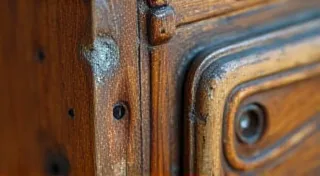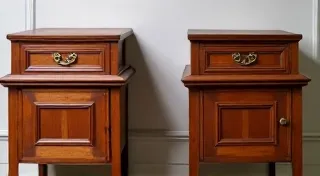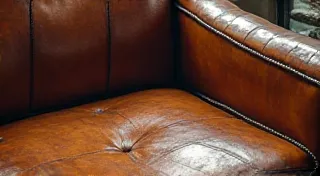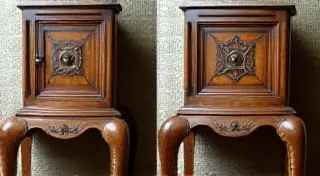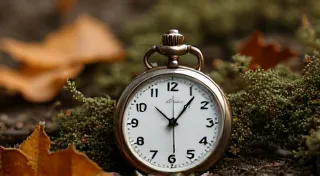How to Spot Fake Antique Furniture: A Buyer's Guide
The allure of antique furniture is undeniable. The history, craftsmanship, and unique character draw many to seek out these treasured pieces. However, the market is unfortunately also rife with reproductions and outright fakes. Falling for a well-crafted imitation can be a costly mistake. This guide will provide you with essential tips to help you authenticate antique furniture and avoid disappointment.
Understanding the Terminology
Before diving into detection, let’s clarify some terms:
- Antique: Generally accepted as furniture over 100 years old.
- Vintage: Typically refers to items between 20 and 100 years old, often evoking a specific era.
- Reproduction: A newly manufactured piece designed to resemble an antique.
- Fake: An item intentionally misrepresented as an antique, often using newer materials and techniques.
Key Areas to Inspect
Authenticating antique furniture requires a keen eye and attention to detail. Here are some crucial areas to examine:
1. Wood Type & Construction
Genuine antique furniture was constructed using readily available wood of the time. Research what woods were commonly used in the period the piece is purported to be from. Look for consistent wood type throughout the piece, not a haphazard mix. Common woods in older pieces include oak, walnut, mahogany, and pine. Modern reproductions often use cheaper, readily available woods that wouldn't have been used historically. Check for signs of modern plywood, particleboard, or MDF – these are dead giveaways of a newer piece. Even seemingly minor issues like inconsistent grain patterns or the presence of knots in unusual locations can be clues. Understanding how wood ages and reacts to its environment over a century can be invaluable. Occasionally, you might encounter issues where the original finish has obscured the wood itself; in these cases, careful examination for evidence of later refinishing or attempts to mask the true nature of the wood is necessary. For more advanced restoration knowledge, you could delve into understanding and correcting color variations in antique finishes, which can help identify potential refinishing attempts.
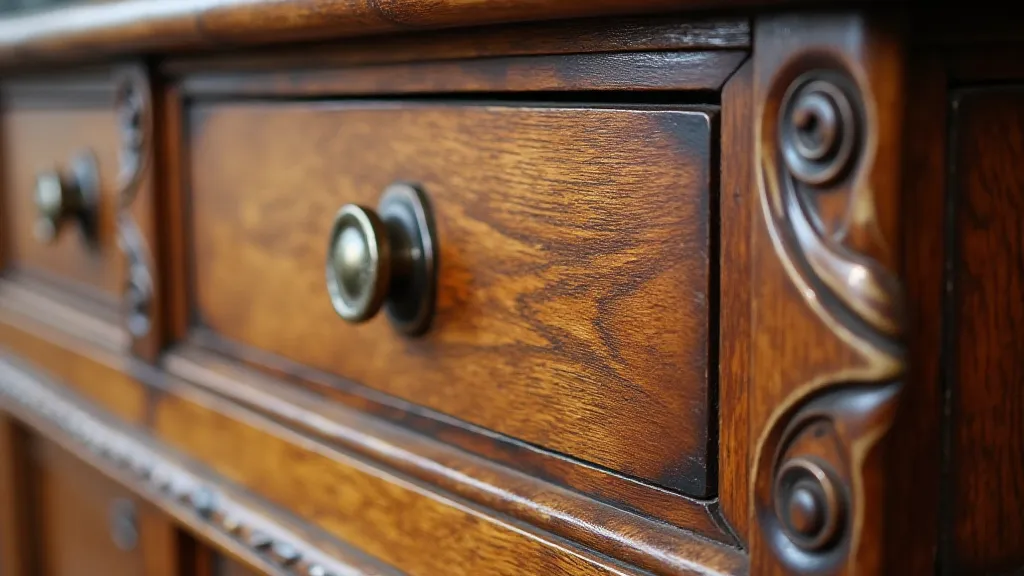
2. Joinery Techniques
The way pieces of wood are joined together offers significant clues. Early furniture relied on hand-cut dovetails, mortise and tenon joints, and pinned joints. Modern reproductions often employ machine-cut joints which are faster to produce but lack the distinct imperfections and character of hand-cut ones. Look closely at the shape and consistency of the joints. Hand-cut joints are rarely perfectly symmetrical. The tool marks left by hand tools will be subtle, but present. Consider the angle of the cuts, the depth, and any slight variations that demonstrate the hand of the craftsman. Conversely, machine-cut joints typically have a uniform, almost sterile appearance. Knowing how to differentiate these joinery techniques is a vital skill for any serious antique furniture buyer.
3. Hardware
Hardware, such as hinges, pulls, and locks, can be easily replaced over time. However, the type of hardware used can still provide clues. Research the style and materials commonly used in the purported period. Modern hardware often looks too "new" or lacks the correct manufacturing marks characteristic of older pieces. Watch out for screws that appear too modern or are driven too cleanly. The patina on older hardware, developed through years of use and handling, is almost impossible to replicate. Even the subtle wear patterns on keyholes and escutcheons can tell a story. Hardware can also provide an indication of whether the piece has undergone restoration, and if so, how extensively. It is important to remember that replacing worn hardware is a common practice, so the absence of original hardware isn't necessarily a deal-breaker, but it should prompt further investigation.
4. Finish
The finish on antique furniture has aged naturally over decades, or even centuries. It will typically have a patina, a subtle sheen and discoloration that develops over time. Reproduction pieces often have a factory-applied finish that looks too perfect and lacks the depth and complexity of an aged finish. Look for crazing (fine cracks in the finish) which are a sign of age. Be wary of a finish that is too glossy or uniform. The type of finish used also matters. Early finishes were often oil-based, which tend to develop a warm, mellow tone over time. Modern finishes are frequently polyurethane, which are harder and more resistant to damage, but lack the character of older finishes. Sometimes, issues like woodworm damage can affect the finish, necessitating repair. For those interested in maintaining the integrity of antique finishes, learning about protecting your restored antique furniture can be highly beneficial.
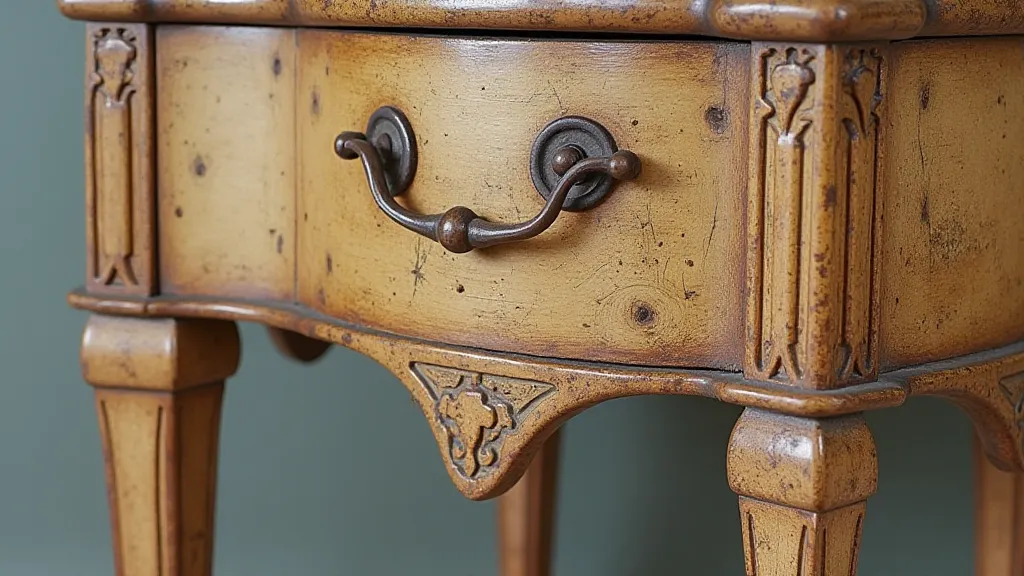
5. Markings and Labels
Some antique furniture bears maker's marks, labels, or stamps. These can be incredibly valuable for authentication. Research the history of furniture makers and learn to identify legitimate marks. However, be aware that counterfeit marks are also sometimes used on reproductions. The placement of markings is also important; manufacturers often placed markings in consistent locations on their furniture. Thoroughly examine the markings under magnification and compare them to known examples. Remember that some markings may be faded or partially obscured by age or previous restoration.
6. Odor
Believe it or not, the smell can be a surprisingly helpful indicator! Genuine antique furniture often has a distinctive smell – a mix of old wood, varnish, and sometimes even beeswax. New furniture, on the other hand, will typically have a stronger chemical odor. While not definitive, a lack of any noticeable odor can raise suspicion. The aroma can also hint at what type of finish was originally applied and whether it has been altered over time.
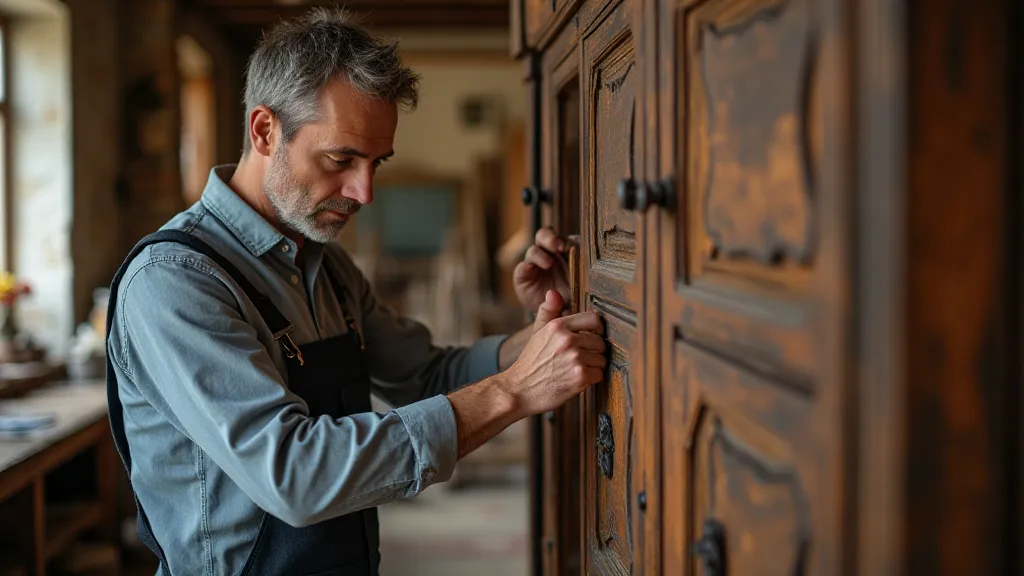
Dealing with Woodworm and Restoration
Beyond identifying fakes, understanding the common issues affecting antique furniture is crucial. Woodworm infestations, for example, are a frequent problem. Identifying and repairing woodworm damage is essential to preserve the structural integrity of the piece. Furthermore, restoration work, while often necessary to stabilize a damaged piece, can significantly impact its value and authenticity. Knowing how to distinguish between appropriate conservation and overzealous restoration is a valuable skill for any collector.
Seeking Expert Advice
If you're unsure about the authenticity of a piece, it's always best to seek expert advice. A qualified furniture appraiser or antique dealer can provide a professional opinion based on their knowledge and experience. While an appraisal will cost money, it can save you from a potentially expensive mistake. A skilled appraiser can assess the piece's overall condition, identify any signs of restoration or modification, and provide a detailed report on its authenticity and value. They can also offer insights into the piece’s provenance and historical significance.
The Art of Gilded Finishes
Many antique pieces feature gilded details, adding a touch of elegance and luxury. If a piece has gilding, understanding the techniques used in its creation and preservation is key to authentication. Those interested in learning about the intricate process of regilding and restoring these decorative elements may find the art of regilding a fascinating and informative resource.
Conclusion
Spotting fake antique furniture requires patience, research, and a keen eye. By understanding the key indicators discussed in this guide, you can significantly increase your chances of acquiring genuine antiques and avoiding costly deceptions. Happy hunting!
